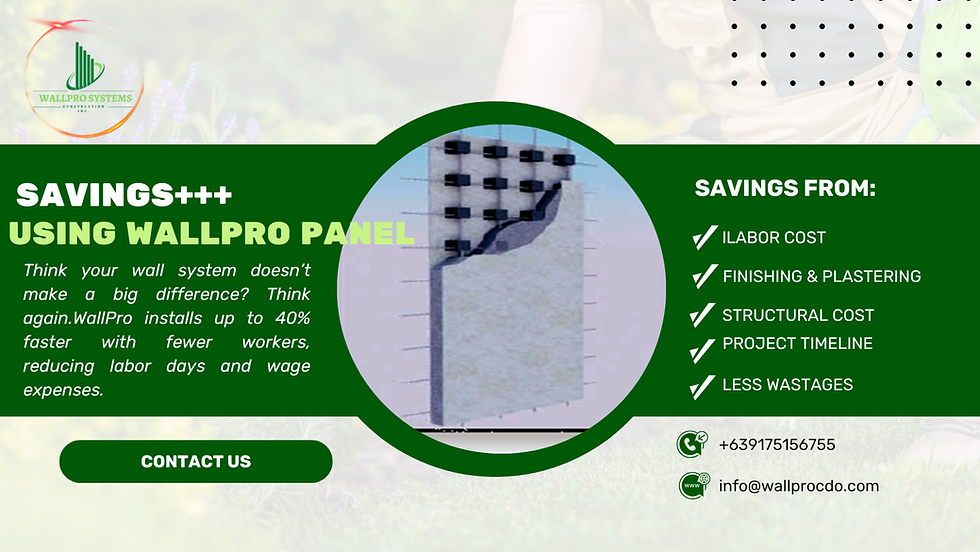Stronger Than the Shake: Advanced Seismic-Resistant Technologies in Modern Construction
- Gabriel Mikael
- May 7
- 2 min read
As the world experiences more frequent and powerful earthquakes, the construction industry is evolving fast. It's no longer enough to just build strong — we need to build smart. Enter Advanced Seismic-Resistant Technologies — innovations designed to keep buildings and their occupants safe when the ground starts to move.
Let’s explore how these cutting-edge systems are shaping the future of safer, more resilient construction.
🌍 The Earthquake Challenge
Earthquakes don’t discriminate. In seconds, they can shake the foundation of homes, offices, bridges, and entire cities. Each year, the world experiences over 20,000 earthquakes, with hundreds causing significant damage. For earthquake-prone regions, structural resilience isn’t just a feature — it’s a lifesaving necessity.
🧠 What Are Advanced Seismic-Resistant Technologies?
These are systems and design strategies developed to absorb, deflect, or reduce seismic energy — protecting buildings from collapse or serious structural failure.
Here are some of the most exciting technologies in use today:
1. Base Isolation Systems
This groundbreaking technology involves placing a structure on flexible bearings (or isolators) that decouple the building from ground movement.
How it works: When the earth shakes, the building "floats" on its base and doesn’t move as violently.
Used in: Hospitals, government buildings, high-rise towers.
✅ Fact: Base isolation can reduce building acceleration by up to 80% during strong earthquakes.
2. Tuned Mass Dampers (TMDs)
Think of these as large, weighted pendulums installed near the top of a building. They move opposite to the building’s motion, counteracting swaying during earthquakes or strong winds.
Benefit: Reduces vibration and structural stress.
Famous example: Taipei 101 skyscraper in Taiwan.
3. Seismic Bracing and Shock Absorbers
Specialized braces and hydraulic dampers can absorb energy and control deformation during seismic events.
Application: Common in retrofits and new construction of commercial and industrial buildings.
Advantage: Protects both the structure and its internal systems.
4. Shape Memory Alloys (SMAs)
SMAs are smart materials that can return to their original shape after deformation — ideal for structures under stress.
Cutting-edge application: Used in joint connections and bridges to reduce permanent damage after shaking.
5. Seismic Metamaterials (Emerging Tech)
These are futuristic materials designed to redirect seismic waves away from buildings — like a "shield" for vibrations.
Still in research and testing, but showing massive potential for future applications.
🏗️ Why This Matters for Builders and Homeowners
👷 For Contractors & Engineers:
Stay ahead of code requirements and industry standards.
Deliver safer, more valuable projects.
Attract clients looking for long-term, resilient solutions.
🏠 For Homeowners:
Protect your family and investment.
Reduce risk of costly post-disaster repairs.
Gain peace of mind knowing your home is built for the unexpected.
📈 The Future Is Resilient
Governments and developers around the world are now prioritizing seismic-resistant technologies. With climate change and urbanization increasing global risk, these systems are not just innovations — they are essentials for sustainable construction.
Whether you're building high-rise towers or a single-family home, investing in advanced seismic technologies could be the most important decision you make.




Comments